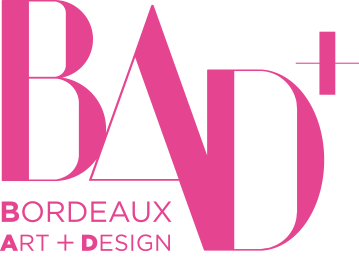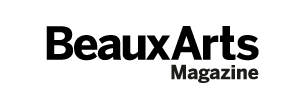Every year for the past ten years, at the end of August, the art world has been flocking to Marseille to visit the contemporary art fair Art-o-rama and its graphic arts counterpart, Paréidolie. Like the city of Marseille, other European cities have also seen their fairs blossom: Milan, Rotterdam, Geneva and Bordeaux have respectively created Miart, Art Rotterdam - which has existed for more than twenty years -, Art Geneva and BAD+ - the latter inaugurated in July 2022. In Milan, Miart takes place at the same time as Milano Art Week, an event dedicated to modern and contemporary art. During this week, the region's cultural institutions, collectors and art professionals synchronise and take advantage of the artistic emulation offered by the city. Thus, far from the big capitals, these fairs flourish around the discovery of a region and are particularly attentive to the links between the visual arts and the art of living.
A worldwide brand
In the south-west of France, the city of Bordeaux is no exception and inaugurated BAD+ last July. The objective of this art fair is to quickly achieve a European and international dimension. “Bordeaux is a worldwide brand," explains Jean-Daniel Compain, "the fair's founder and general curator. It is only two hours by high-speed train from Paris and, every weekend, private jets land there from all over Europe". He continues: "To succeed in establishing a fair outside Paris, several conditions must be met. Beyond the choice of location, it is necessary to create a strong link with local institutions, to ensure the support of the city and the collectors who are established there".
With its dynamic economy and world-renowned vineyards, the city that was once known as "La Belle Endormie" is also recognised for its 18th century architecture, its opera house and its many museums... Art is easily accessible and the "The Bordeaux people are really concerned that people should come to them", Jean-Daniel Compain continues.
A fair on a human scale
With the pandemic, travel has not been made easier over the past three years: many international trips have been stopped and many people now feel "tired of big events, where we always see the same artists and the same galleries", say Jean-Daniel Compain and Adrien de Rochebouët, artistic advisor and assistant curator of the fair, before asserting: "There is a real need for fairs on a human scale, where people take the time to talk to each other".
Far from the model of the great contemporary art fairs like Art Basel, these European fairs privilege proximity and want to show artists and galleries that are not well represented elsewhere. "Last year, out of the forty or so participating galleries and for its first edition, BAD+ welcomed more than 10 foreign countries" explains Adrien de Rochebouët. We want to position ourselves in Southern Europe, which is often under-represented in other contemporary art fairs; thus, more than 10 Spanish galleries will be present this year".
Newness, roots and influence: the ambition of these fairs is refreshing and let's bet that other European cities will jump on the adventure to try to federate the art scene of their territory around a fair.


